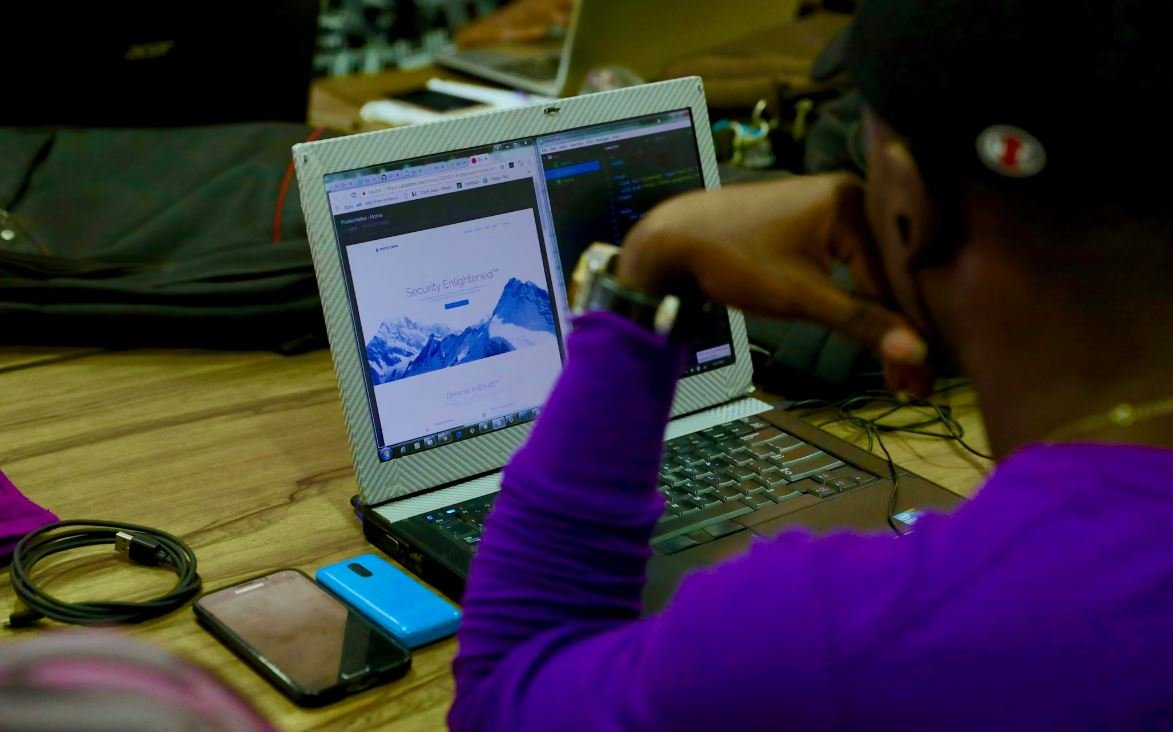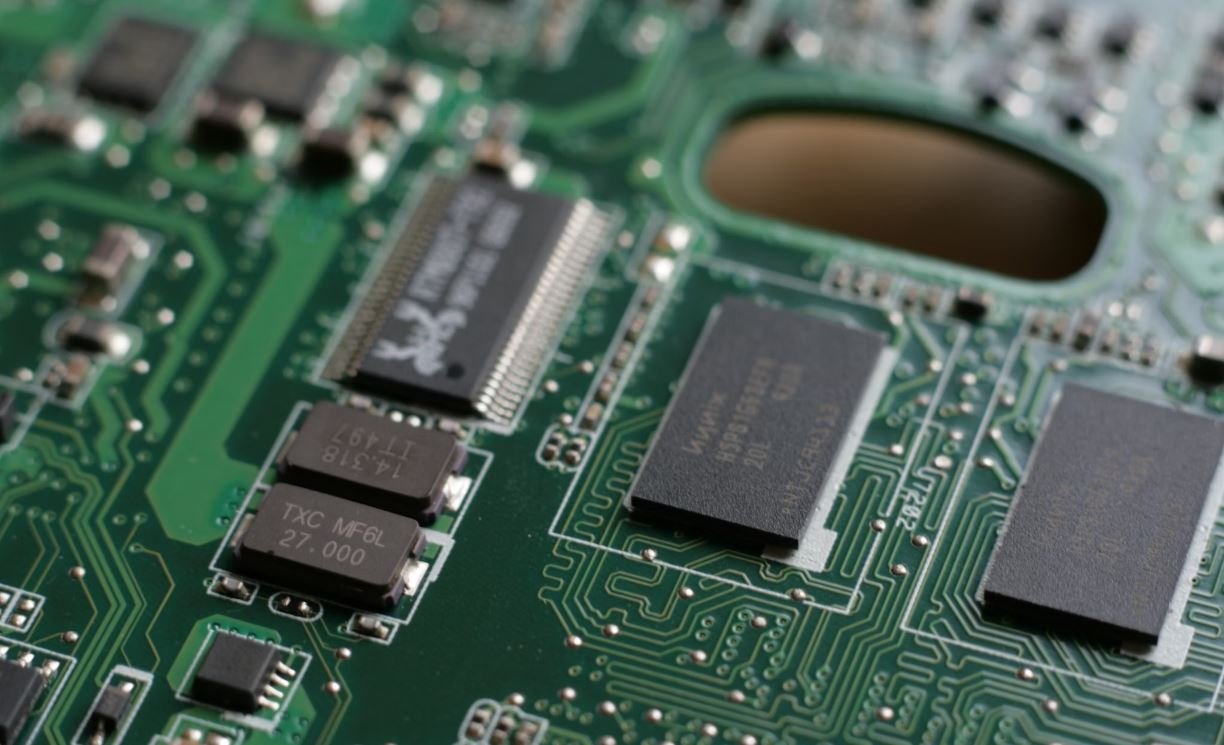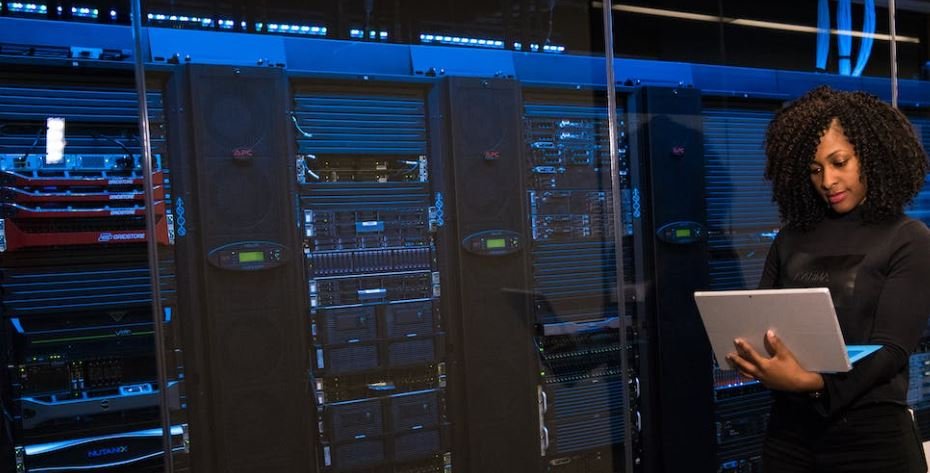Deepfake Using Python
Deepfake is a technique that uses artificial intelligence and machine learning to manipulate or generate realistic video content. It has gained attention in recent years for its potential implications in spreading disinformation, creating counterfeit videos, and violating personal privacy. In this article, we will explore the concept of deepfake and how it can be implemented using the Python programming language.
Key Takeaways:
- Deepfake is an AI-based technique used to create manipulated or counterfeit videos.
- Python offers a range of libraries for implementing deepfake algorithms.
- Deepfake technology raises ethical concerns regarding misinformation and privacy.
Deepfake technology utilizes machine learning algorithms to analyze and manipulate video data. By training a model on a large dataset of real and manipulated videos, the algorithm can learn to generate highly realistic fake videos. Python provides various libraries, such as OpenCV, TensorFlow, and Keras, to implement deepfake algorithms.
One interesting aspect of deepfake is its potential application in the entertainment industry. With deepfake technology, actors can be digitally inserted into scenes, allowing them to play roles they might not physically resemble. This opens up new opportunities for storytelling and visual effects in the film and television industry.
However, deepfake technology also poses significant challenges and risks. It can be used to create highly convincing fake videos that can spread misinformation, damage reputations, and incite conflicts. It also raises concerns about personal privacy, as individuals can be targeted by having their faces swapped into explicit or compromising content.
Methods for Implementing Deepfake in Python
To implement deepfake algorithms in Python, there are several methods and libraries available:
- Face swapping: This technique involves identifying the faces of individuals in a video and replacing them with the faces of other individuals. Libraries like OpenCV and Dlib provide face detection and recognition capabilities to facilitate this process.
- Autoencoders: Autoencoders are deep learning models used for learning efficient representations of data. By training an autoencoder on a large dataset of real videos, it can be used to generate fake videos by manipulating the learned representations.
- Generative Adversarial Networks (GANs): GANs consist of two neural networks, a generator and a discriminator, that work together to generate realistic output. The generator creates fake videos, while the discriminator tries to distinguish them from real videos. Over time, the generator improves its ability to produce believable fakes.
Table 1 provides a comparison of these different methods and their applications:
| Method | Application |
|---|---|
| Face swapping | Creating humorous or entertaining videos |
| Autoencoders | Generating semi-realistic videos for research or artistic purposes |
| GANs | Producing highly realistic deepfakes |
Another interesting aspect of deepfake technology is the ability to manipulate facial expressions, voices, and emotions in videos. This can be achieved by training models on specific datasets, such as videos of actors expressing different emotions, to generate videos with desired characteristics. For example, a deepfake algorithm trained on videos of a person speaking could be used to create a video of them saying something completely different.
In Table 2, we compare the capabilities and limitations of different deepfake applications:
| Application | Capabilities | Limitations |
|---|---|---|
| Face swapping | Allows for realistic face replacement | May result in imperfect blending or noticeable artifacts |
| Emotion manipulation | Facial expressions can be altered to convey different emotions | Subject to limitations based on available training data |
| Voice synthesis | Enables manipulation of spoken content | May suffer from unnatural intonation or pronunciation errors |
Lastly, it is essential to address the ethical implications and potential risks associated with deepfake technology. These include:
- Disinformation: Deepfakes can be used to spread false information, manipulate public opinion, and deceive people.
- Privacy infringement: Individuals can become victims of deepfake technology as their likenesses are used for malicious purposes.
- Impersonation: Deepfakes could be used for identity theft and fraud, posing a significant risk to individuals and organizations.
- Mitigation challenges: Detecting deepfakes and combating their negative impact presents a complex and ongoing challenge for technology, legislation, and society as a whole.
In conclusion, deepfake technology, implemented using Python, offers incredible possibilities for visual effects, entertainment, and creative expression. However, we must remain vigilant in understanding and addressing the potential risks and ethical challenges it presents.

Common Misconceptions
Paragraph 1
One common misconception about Deepfake using Python is that it can only be used for malicious purposes.
- Deepfake technology can also be used for harmless entertainment purposes.
- It can be used in the film industry to create special effects and realistic visuals.
- Deepfake can also be utilized for educational purposes in fields such as history or science.
Paragraph 2
Another misconception is that Deepfake using Python is easy to detect.
- Deepfake algorithms are constantly improving, making it more challenging to distinguish between real and manipulated content.
- The use of artificial intelligence in Deepfake creation allows for advanced manipulations that can fool even experts.
- It requires specialized training and techniques to accurately identify Deepfake content.
Paragraph 3
Some people believe that Deepfake using Python is only a recent development.
- Deepfake technology has actually been in development for several years.
- The advancements in machine learning and neural networks have accelerated its progress.
- Deepfake algorithms have become more accessible and easier to implement with the help of Python libraries.
Paragraph 4
A misconception is that Deepfake can only be created with Python programming language.
- While Python is commonly used for developing Deepfake algorithms, it is not the only language that can be used.
- Frameworks like TensorFlow and PyTorch can be utilized for Deepfake development in various programming languages.
- Python’s popularity in the AI and machine learning community makes it a preferred language for Deepfake projects.
Paragraph 5
One common misconception is that Deepfake can perfectly replicate someone’s voice or mannerisms.
- Although Deepfake technology has made significant advancements, perfect replication is still a challenge.
- Subtle differences in facial expressions or idiosyncrasies may be difficult to replicate accurately.
- Improvements are being made to enhance the realism of Deepfake creations, but there will always be limitations.

Introduction
Deepfake technology is an emerging concern in today’s digital world. It involves using artificial intelligence to create highly realistic synthetic videos or audios that can manipulate and deceive viewers. In this article, we explore the fascinating field of deepfake creation using Python and present the following ten tables, each highlighting a unique aspect of this technology.
Table: Most Popular Deepfake Applications
In this table, we showcase some of the most popular applications of deepfake technology that demonstrate its diverse utility in various domains.
| Domain | Description |
|---|---|
| Entertainment | Creating realistic celebrity face swaps in movies or TV shows. |
| Politics | Manipulating videos to spread false information or propaganda. |
| Education | Bringing historical figures to life through realistic animations. |
Table: Deepfake Detection Techniques
This table presents different techniques that researchers employ to detect deepfake videos and identify their fraudulent nature.
| Technique | Description |
|---|---|
| Face Analysis | Examining facial inconsistencies, blurriness, or unnatural movements. |
| Audio Analysis | Analyzing audio waveform patterns for anomalies or voice distortions. |
| Eye Blinking | Detecting irregular blink patterns or lack of natural eye movements. |
Table: Deepfake Dataset Sources
This table outlines some reliable datasets used by researchers to train and evaluate deepfake detection models.
| Dataset | Description |
|---|---|
| DeepFake-TIMIT | A dataset of multimodal deepfake videos generated from TIMIT corpus. |
| FaceForensics++ | Contains deepfake videos with various manipulation techniques. |
| Celeb-DF | Comprises deepfake videos featuring celebrity impersonations. |
Table: Deepfake Generation Frameworks
This table showcases popular Python frameworks that enable developers to create and experiment with deepfake models.
| Framework | Description |
|---|---|
| DeepFaceLab | An open-source deepfake creation software with a user-friendly interface. |
| faceswap | Allows swapping faces in videos, leveraging both CPU and GPU processing. |
| Rekall | A Python library for video analysis and manipulation, including deepfake generation. |
Table: Ethical Considerations of Deepfake Technology
This table highlights some ethical concerns associated with the use of deepfake technology that society must address.
| Issue | Description |
|---|---|
| Privacy Invasion | Deepfakes can be used to create non-consensual explicit content. |
| Disinformation | The potential for deepfake-generated news or misleading political content. |
| Identity Fraud | Deepfakes could be utilized to impersonate individuals and commit fraud. |
Table: Deepfake Creation Process
This table outlines the high-level steps involved in generating a deepfake video using Python.
| Step | Description |
|---|---|
| Data Collection | Gather target person’s images and videos for training the model. |
| Model Training | Train a deep learning model to learn the target person’s facial features. |
| Face Swapping | Swap the target person’s face with the desired source in the video. |
Table: Legal Frameworks Addressing Deepfake Misuse
This table presents some legal measures taken by governments to address the misuse of deepfake technology.
| Country | Regulations |
|---|---|
| United States | California enacted laws to criminalize deepfake distribution for malicious purposes. |
| Germany | Implemented strict laws against deepfake creation for political manipulation. |
| China | Introduced legislation to regulate deepfake creation for commercial purposes. |
Table: Impact of Deepfake Technology
This table presents some potential impacts of deepfake technology on society, individuals, and various industries.
| Aspect | Impact |
|---|---|
| Politics | Deepfakes can damage the credibility of political figures or sway public opinions. |
| Entertainment | Deepfake technology offers new possibilities for virtual actor performances. |
| Security | Advanced deepfakes could compromise biometric security systems. |
Conclusion
Deepfake technology, while captivating and versatile, poses significant challenges for society. While numerous detection techniques and legal frameworks aim to tackle its misuse, the ethical considerations regarding privacy, disinformation, and identity fraud cannot be overlooked. As deepfake technology advances, it is crucial to remain vigilant, promote awareness, and develop robust defense mechanisms to ensure responsible usage and protect against potential harm.
Frequently Asked Questions
Deepfake Using Python
What is a deepfake?
How is deepfake technology implemented using Python?
What are the ethical concerns surrounding deepfakes?
How can deepfake detection be done using Python?
Are there any legal implications associated with creating or sharing deepfakes?
What precautions can be taken to minimize the impact of deepfakes?
Are there any legitimate uses for deepfake technology?
Does deepfake technology only work with video or audio manipulation?
Is it easy to create deepfakes using Python?
What steps can users take to protect themselves from falling victim to deepfakes?




